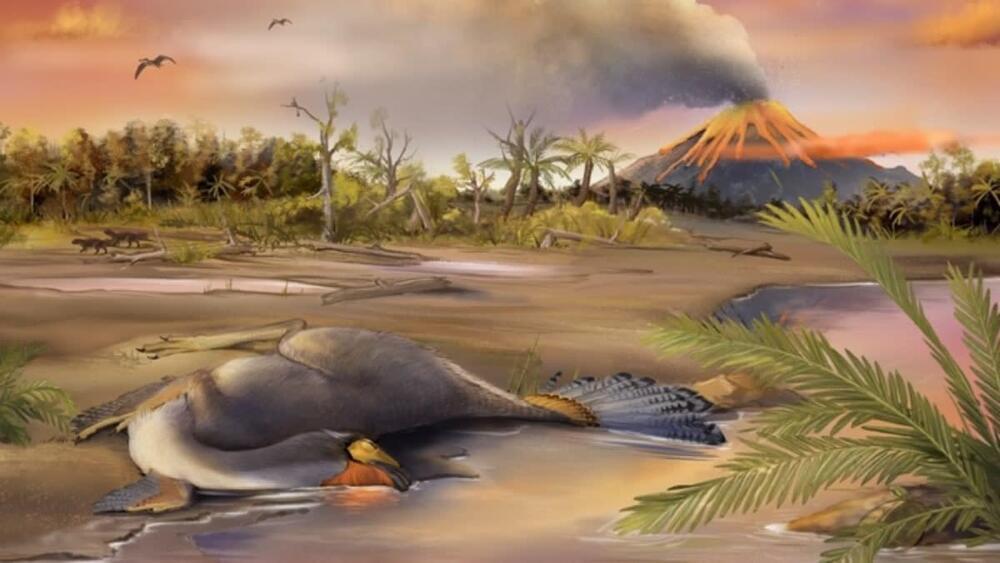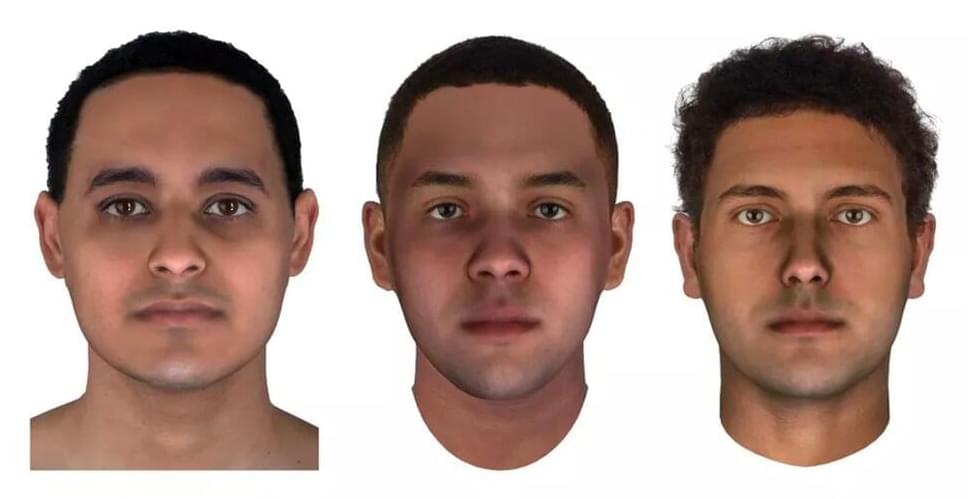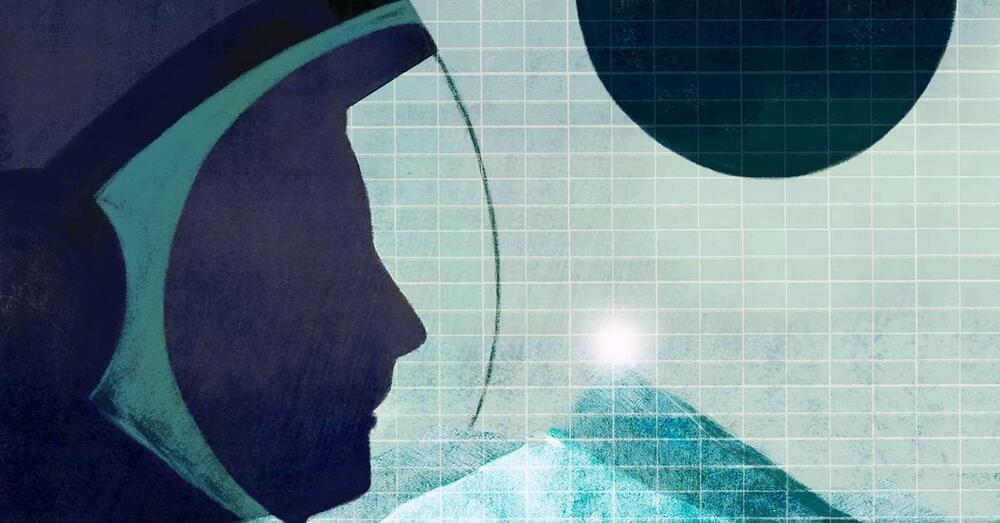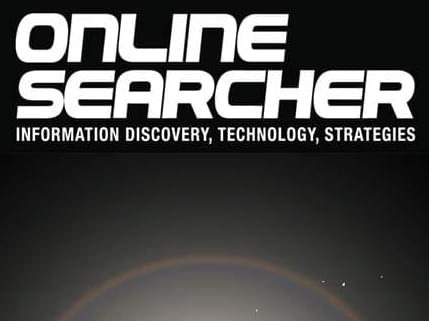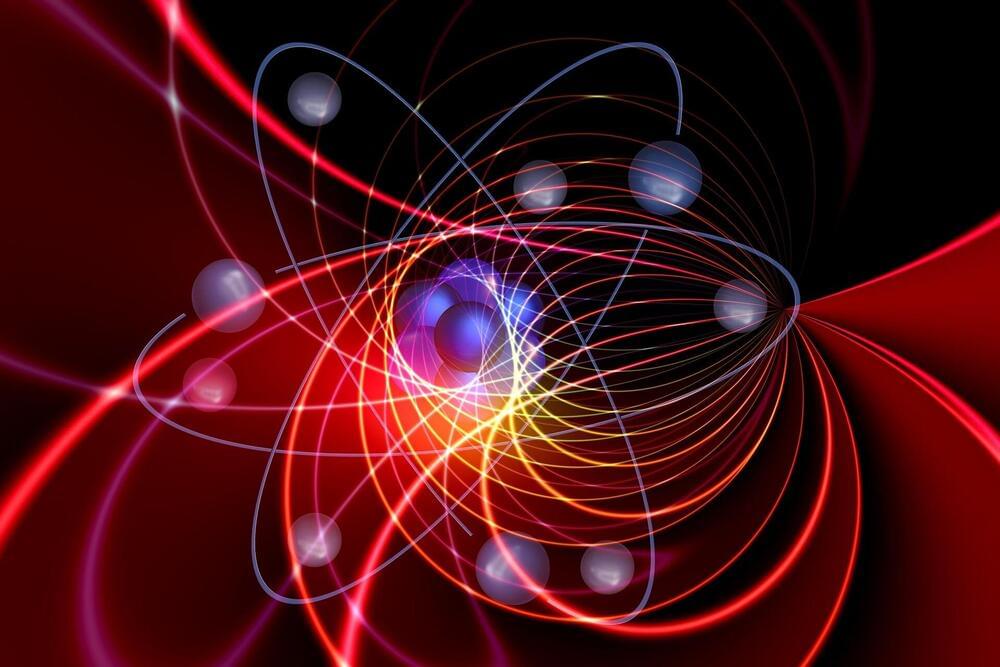Oct 2, 2021
Fossil of Peacock-Like Dinosaur May Have Preserved DNA Remnants
Posted by Jose Ruben Rodriguez Fuentes in categories: biotech/medical, chemistry
Indeed, as Gizmodo’s report highlights, many experts believe that these researchers have not actually found evidence of dinosaur DNA. They told the news outlet, for example, that—even under the best circumstances—DNA couldn’t last more than three million years. Let alone more than 100 million. And that the chemicals may have been staining inorganic matter that only looks cellular in nature.
As of now, the most ancient DNA that scientists have been able to sequence was that of a million-year-old woolly mammoth. And the youngest dinosaurs are at least 65 million years old. But if future experiments do confirm this evidence as real, then that really changes things. At least in our fantasies, where reanimated dinosaurs and Ian Malcolms abound.
The post Fossil of Peacock-Like Dinosaur May Have Preserved DNA Remnants appeared first on Nerdist.
